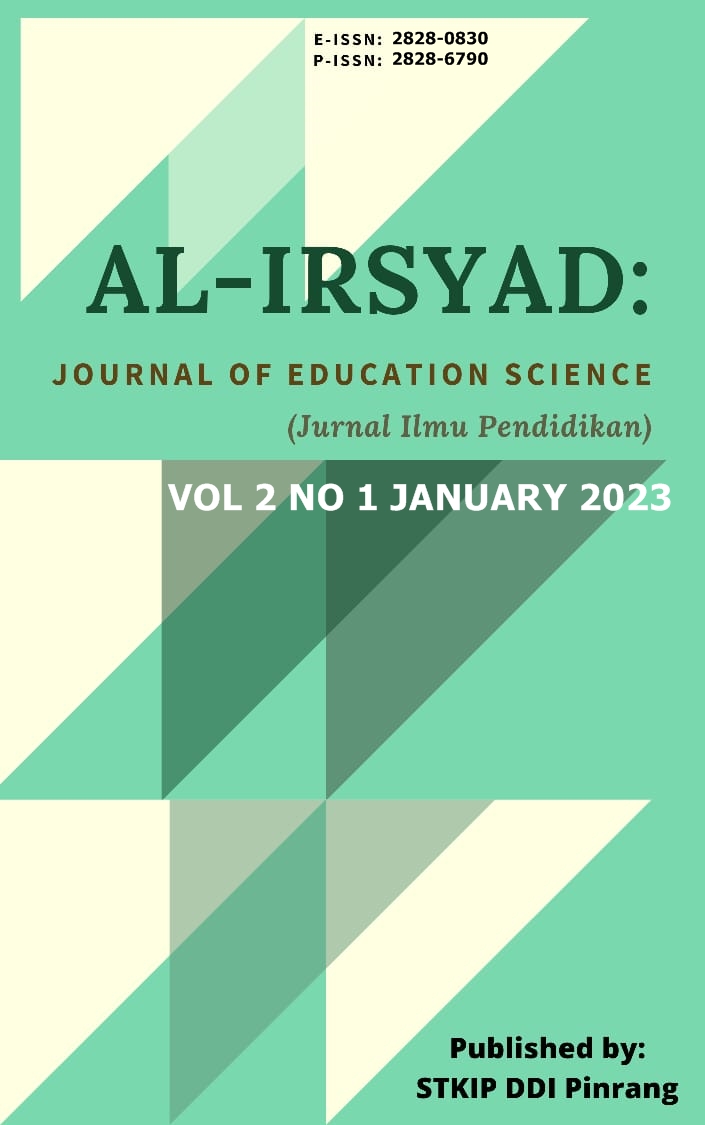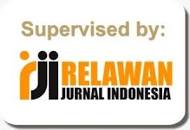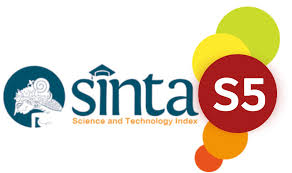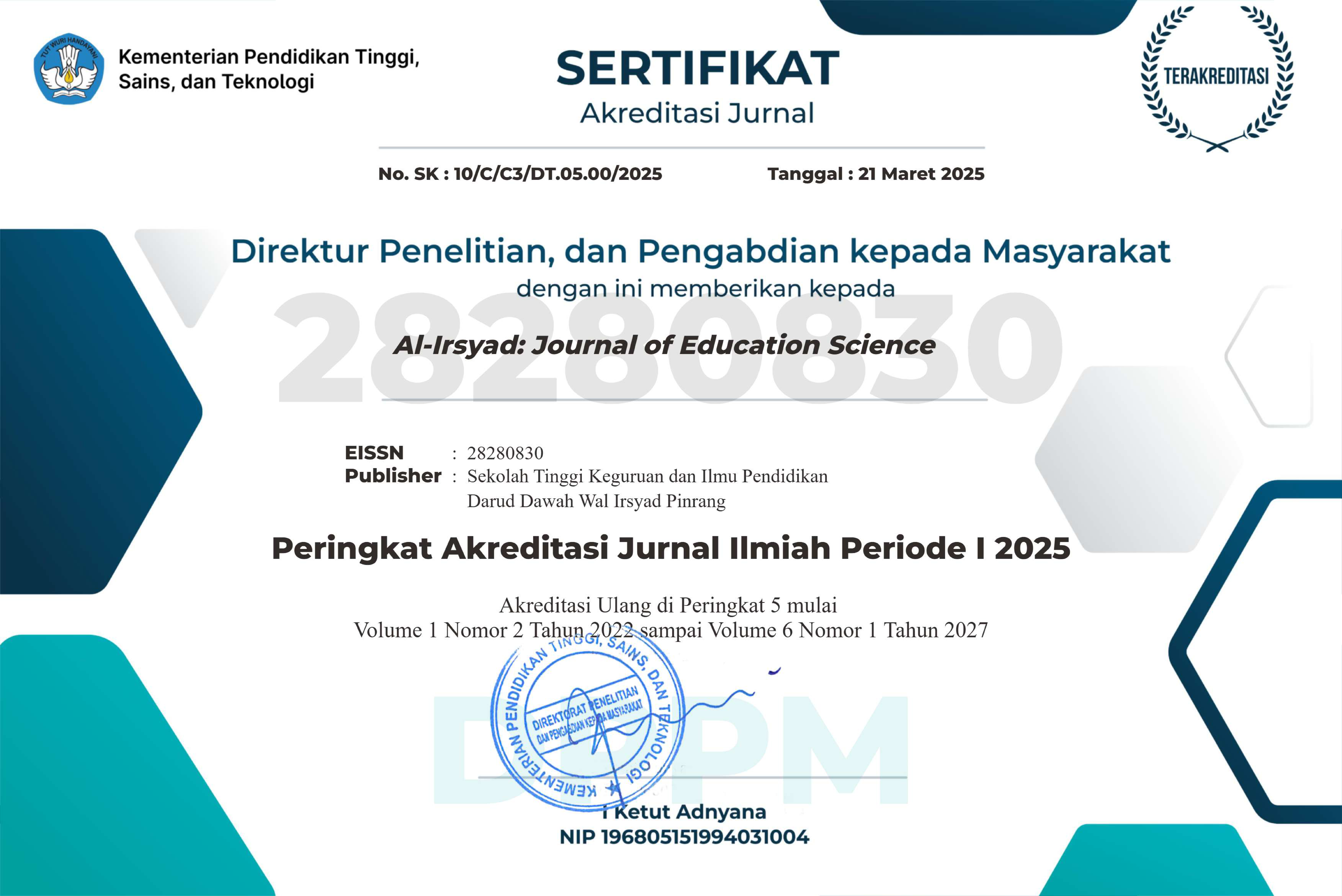CHALLENGES OF ONLINE LEARNING DURING PANDEMIC COVID-19 IN JUNIOR HIGH SCHOOL
DOI:
https://doi.org/10.58917/aijes.v2i1.60Kata Kunci:
Challenges, Online Learning, Pandemic, PerspectivesAbstrak
Coronavirus has moved people's learning patterns from the classroom to the internet. This article explores the challenges of online learning during the pandemic: hardware and internet connectivity concerns, perspectives of student, teacher and parent, and school system. Interview was used to collect the data. The descriptive analysis was implemented to categorize and classify the claims. It is discovered that certain students do not have a smartphone, that internet data is costly, and that the network is bad based on hardware and internet access. Students' perspectives on online learning include making a lot of tasks, difficult-to-understand content, being unable to access the internet, and not being able to use any phone apps. The viewpoints of the teachers are also listed. They include a lack of IT comprehension, a poor connection, a lack of student answers, and a loss of direct contact. Other experiences shared by parents include the inability to afford internet data, a lack of expertise, and inadequate time to assist their children in online learning, and the parents' complaint about their children's online gaming distraction. The education system, which dictates the lack of IT preparation and the minimal budget for promoting online learning, is the final challenge. The results suggest that teachers, parents, and schools should exert greater control over the development of online learning for students.
Referensi
Adnan, M., & Anwar, K. (2020). Online learning amid the COVID-19 pandemic : Students ’ perspectives. Journal of Pedagogical Sociology and Psychology, 2(1), 2–8.
Agung, A. S. N., Surtikanti, M. W., & Quinones, C. A. O. (2020). Students’ Perception of Online Learning during COVID-19 Pandemic: A Case Study on the English Students of STKIP Pamane Talino. SOSHUM : Jurnal Sosial Dan Humaniora, 10(2), 225–235. https://doi.org/10.31940/soshum.v10i2.1316
Ermawati, E., Nurchalis, N. F., & Sardi, A. (2021). Online EFL Teaching and Learning: Different skills, Different Challenges. IDEAS: Journal on English Language Teaching and Learning, Linguistics and Literature, 9(1).
Hasbi, M. et al. (2020). English Teaching Practices in Indonesia during Covid-19 Crisis. Raditeens.
Hoq, M. Z. (2020). E-Learning During the Period of Pandemic (COVID-19) in the Kingdom of Saudi Arabia: An Empirical Study. American Journal of Educational Research, 8(7), 457–464. https://doi.org/10.12691/education-8-7-2
Kaharuddin, Ahmad, D., Mardiana, & Rusni. (2020). Contributions of Technology, Culture, and Attitude To English Learning Motivation During Covid-19 Outbreaks. Systematic Reviews in Pharmacy, 11(11), 76–84. https://ssrn.com/abstract=3700381
Kalsum, K., Sardi, A., & Andini, N. (2023). THE QUALITY OF SUMMATIVE TEST MADE BY EFL TEACHER. Inspiring: English Education Journal, 6(1), 46-57.
Komalasari, R. (2020). Manfaat Teknologi Informasi Dan Komunikasi Di Masa Pandemi Covid 19. Tematik - Jurnal Teknologi Informasi Dan Komunikasi, 7(1), 38–50. https://doi.org/10.38204/tematik.v7i1.369
Leonard, J., & Guha, S. (2001). Education at the crossroads: Online teaching and students’ perspectives on distance learning. Journal of Research on Technology in Education, 34(1), 51–57. https://doi.org/10.1080/15391523.2001.10782333
Mujahidah, M., Nurhamdah, N., Nanning, N., Amzah, A., Sunubi, A. H., & Magdahalena, M. & Humairah, H.(2020). Find Yourself on Vocabulary Size: A Guide for Students.
Sardi, A. (2023). INDONESIAN STUDENTS: LEARNING PATTERN IN HIGHER EDUCATION.
Sardi, A. (2017). The Discourse Analysis on Teachers’ Diction Used in TEFL at SMPN 2 Lembang, Pinrang (Doctoral dissertation, Universitas Negeri Makassar).
Sardi, A., Haryanto, A., & Weda, S. (2017). The Distinct types of diction used by the efl teachers in the classroom interaction. International Journal Of Science and Research (IJSR), 6(3), 1061-1066.
Surahmat, Z., Sardi, A., & JN, M. F. (2023). A CHAPTER REVIEW: SELECTING LANGUAGE FOR MATERIALS WRITING:(The Routledge Handbook of Materials Development for Language Teaching-Routledge). Al-Irsyad: Journal of Education Science, 2(1), 15-24.
Sarica, G. N., & Cavus, N. (2009). New trends in 21st Century English learning. Procedia - Social and Behavioral Sciences, 1(1), 439–445. https://doi.org/10.1016/j.sbspro.2009.01.079
Wargadinata, W., Maimunah, I., Dewi, E., & Rofiq, Z. (2020). Student’s Responses on Learning in the Early COVID-19 Pandemic. Tadris: Jurnal Keguruan Dan Ilmu Tarbiyah, 5(1), 141–153. https://doi.org/10.24042/tadris.v5i1.615
Unduhan
Diterbitkan
Cara Mengutip
Terbitan
Bagian
Lisensi
Hak Cipta (c) 2023 Ermawati

Artikel ini berlisensi Creative Commons Attribution 4.0 International License.























